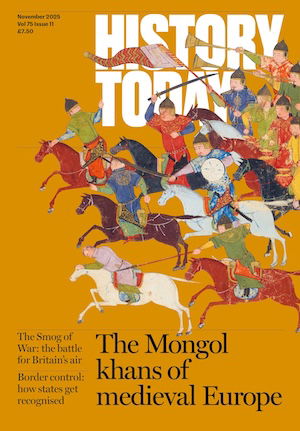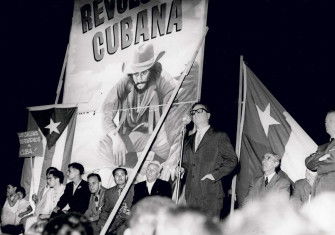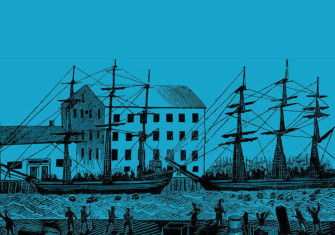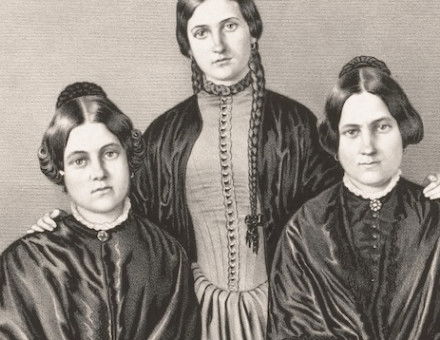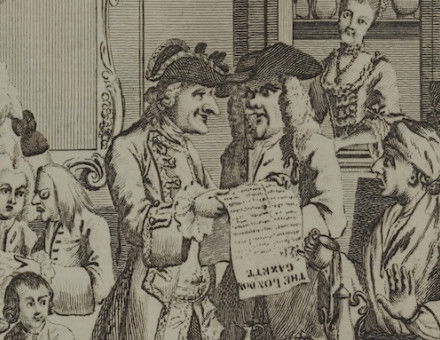‘America, América’ by Greg Grandin review
America, América: A New History of the New World by Greg Grandin finds a place for Latin America and its ideals in the story of the United States.
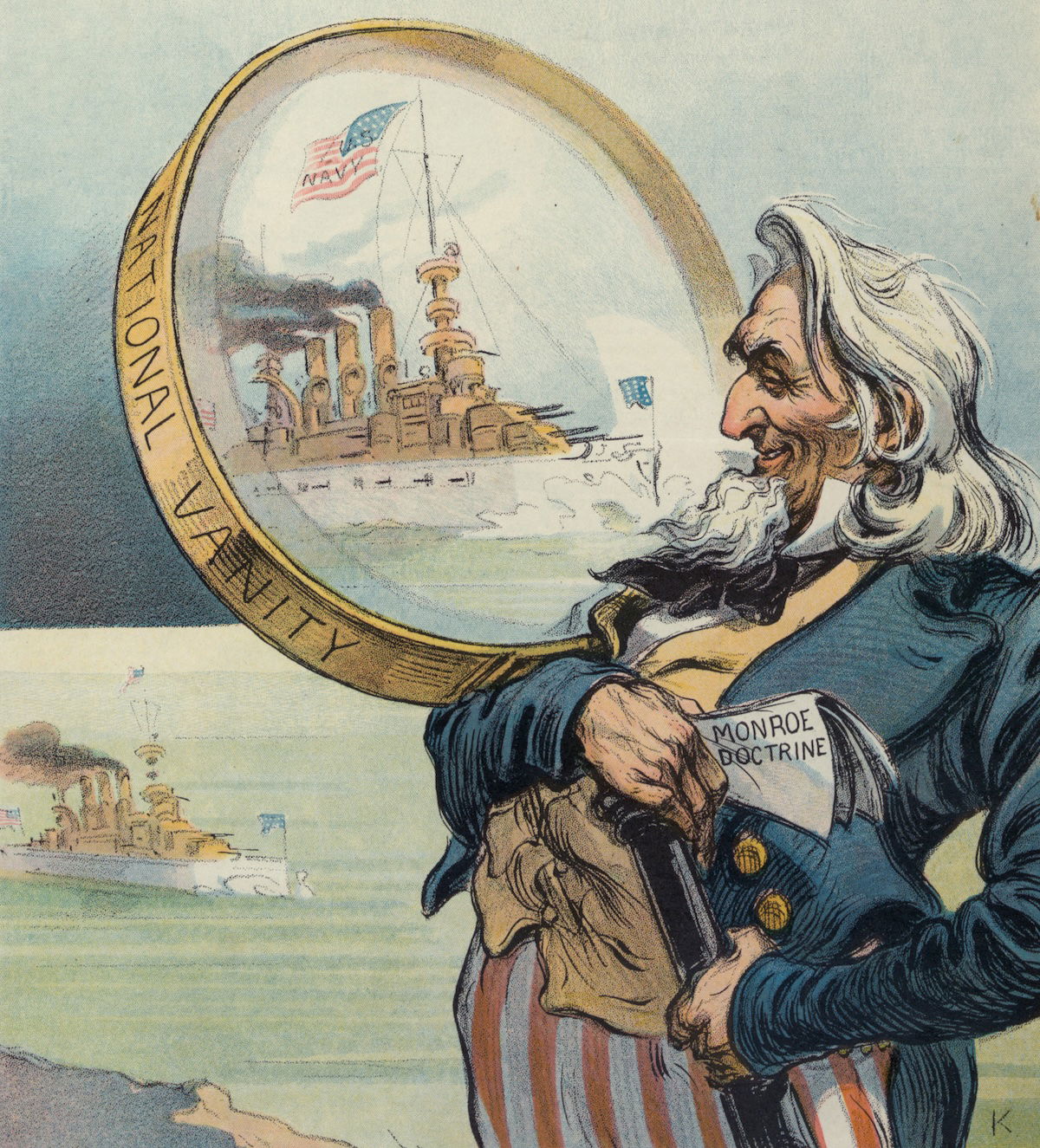
Greg Grandin has dedicated his career to the study of how United States imperialism shaped Latin America and how its Latin American empire shaped the United States. America, América may be his most ambitious effort yet. As Grandin explains, he planned to start with the Monroe Doctrine, but his editor convinced him to begin three centuries earlier with the Spanish Conquest. As a result, America, América is really two books, one nested inside the other.
The ‘inner book’ offers a well-substantiated case for the Latin American origins of an international order rooted in respect for borders and rejection of the right of conquest. Why were these origins Latin American? As Grandin explains, the US was born expansionist, its unrelenting push westward driven by the confluence of geopolitics, cotton capitalism, the opportunities of the frontier, and white supremacy. The republics of Spanish America, in contrast, emerged from their independence wars as a multi-nation community on a continent with fuzzy but mostly settled borders, whose indigenous peoples were treated as part of the national community rather than foreign nations with which one signs and then breaks treaties. Those republics also faced the theoretical threat of recolonisation by Europe and the not-theoretical threat of US annexation. It made sense that they would pioneer the idea of a global order guided by principles they called ‘American International Law’, seeking to constrain great-power ambition and protect the integrity of all nations as sovereign equals.
When the US issued the Monroe Doctrine in 1823, Latin American optimists saw its anticolonialism as an endorsement of these principles. When the US showed over the subsequent 110 years that it did not believe the Doctrine restricted its right to take half of Mexico, wrest Puerto Rico from Spain and Panama from Colombia, or send gunboats to collect debts in Venezuela and overthrow regimes in Haiti and Nicaragua, Latin American jurists pressed their arguments internationally. Over time their principles, including the Calvo Doctrine against extraterritorial rights for noncitizen residents, and the Drago Doctrine against the use of military force for debt collection, won adherents in global diplomatic and legal circles.
The best-researched part of the book traces the battle pitting unilateralist advocates of US military might against a rising generation of US internationalists who saw in these Latin American principles a key to the new global order they envisioned. Sensing an opportunity, Latin America leveraged that impulse to win long-sought concessions. Grandin documents how US diplomats tensely negotiated with their Latin counterparts at the First Pan-American Conference in 1889-90, the 1907 Hague Peace Conference, a series of regional arbitration summits, and in Paris in 1919, where Latin American principles came close, but failed, to gain incorporation into the architecture of Woodrow Wilson’s League of Nations.
It is no easy alchemy to concoct a page-turner from the raw material of dry diplomatic conference transcripts, but Grandin succeeds regardless, using the correspondence of participants to probe behind the scenes. As he tells it, the breakthrough came at the 1933 Pan-American Conference in Montevideo, where FDR’s secretary of state Cordell Hull acceded to noninterventionist principles in exchange for trade accords. This debut of the Good Neighbor policy, soon bolstered by US forbearance in allowing Latin American governments to pursue progressive domestic policies (even to the detriment of US corporations such as Standard Oil, nationalised by Mexico in 1938), played no small role in securing the hemisphere’s allegiance (and its raw materials) for the coming war against Hitler.
The United Nations cemented the triumph of American International Law and remains its legacy. But FDR’s antifascist hemispheric solidarity fell victim almost immediately to the Cold War, which reframed US imperialism as anticommunist internationalism but in reality marked the return to old habits. Reagan’s withdrawal from the International Court of Justice and Bush’s invasion of Panama drove the final nails into the coffin of US support for the Wilsonian principles that FDR had embraced.
If this ‘inner book’ were all that was on offer, America, América would be well worth reading. But Grandin’s goals are more ambitious. Subtitled ‘a new history of the new world’, the ‘outer book’ embeds the inner book in a five-century history going back to Puritans and conquistadors, John Locke, and Fray Bartolomé de Las Casas.
Grandin portrays a Spanish colonial regime born of ‘all humanity is one’ Catholic universalism and wracked with self-doubt over how to justify the annihilation and enslavement of indigenous peoples. That questioning fostered Spanish legalism and a strong strain of inclusivity and social justice that persisted after independence. Grandin treats the ghost of Las Casas as a constant running through Latin American history, echoing through everything from Simón Bolívar’s support for the abolition of slavery, to the social rights enshrined in Mexico’s 1917 Constitution, to 1980s liberation theology.
Puritan North America, in contrast, was born of ‘God’s chosen people’ anti-universalism and the belief that indigenous lands were free for the taking. Even as they cribbed Las Casas to invent the black legend of Spanish cruelty, the English and their US progeny were, with noted exceptions, uniquely unburdened by ethical second-guessing and more racist at their philosophical core, with individualism unmitigated by concern for – or even belief in – such a thing as the common good. Grandin sees this, too, as a constant running through the history of North America, from the Trail of Tears to the overthrow of Allende to Iran-Contra. As a history of the rise and fall of US support for a rules-based international order, America, América is a must-read for our challenging times.
-
America, América: A New History of the New World
Greg Grandin
Torva, 768pp, £30
Buy from bookshop.org (affiliate link)
David S. Parker is Professor of History at Queen’s University, Canada.

